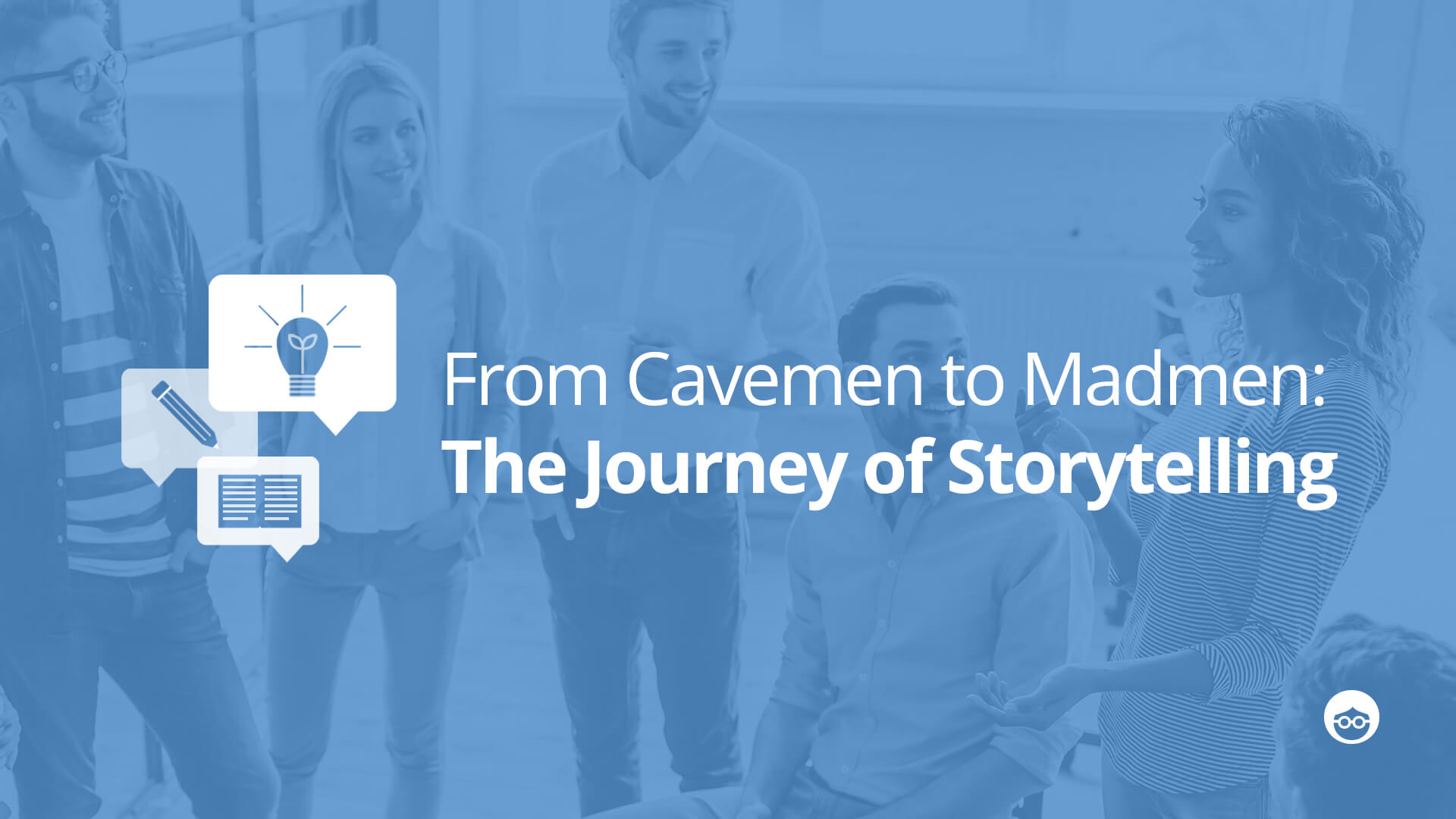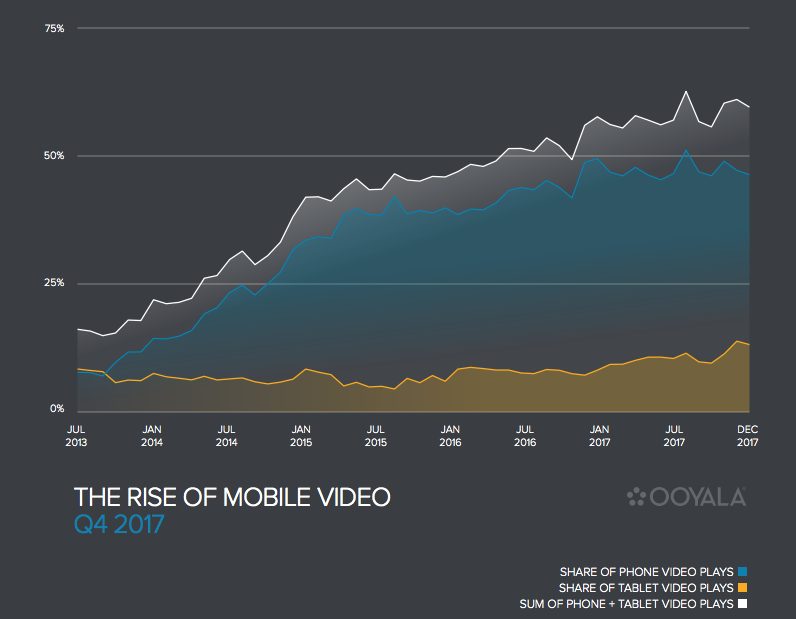From Cavemen to Mad Men: The Journey of Storytelling

It’s a well-known mantra for anyone in the world of marketing: as attention spans decline, viewership will also inevitably fall. Proponents of snackable content also claim that shorter content means higher engagement and that this applies to all forms of content – including video.
For some time, this has been a rule the industry lived by. That is until some started questioning the assumption that attention was the ‘problem child’. Maybe it’s not our ability to concentrate that is causing problems.
Maybe it has to do with the content or the delivery – meaning advertisers simply need to tell better stories. In fact, some of the best arguments for longer-form storytelling today are the shows we see on Netflix and the documentaries on Amazon Video and YouTube.
An interesting study by Ooyala reinforces this idea. The study found that time spent watching medium and long-form content on smartphone, tablets, connected TVs and PCs exceeded 50%. To top that off, long-form video content (20+ minutes in length) saw the biggest gains in 2017, increasing by 159%.
Consumers may well be selective when choosing which content to focus on, yet it is quite clear that they are willing to invest substantial time watching quality content.

Everyone loves a good story
Humans are programmed to enjoy stories – it’s an exchange that transcends all cultural and socio-economic boundaries, one that we delight in making sense of. It is why the greatest public speakers often incorporate storytelling into their presentations.
In the world of video, however, the situation gets a little tricky. Technology has given rise to enhanced effects like graphics, music, and voice-overs – all of which can influence the direction of each story arc. Whether a story is compelling or not also hinges on the device used to watch it.
The same story might work well for mobile audiences, but not for audiences on tablets, simply because their attitudes and behaviors differ.
Consumers in major creative industries, like Australia, are particularly won over by authentic video story experiences. YouTubers are said to have a greater influence on Australians than traditional celebrities, as their connection with the audience resembles friendship rather than ‘fanship’, and they come across as more relatable. Building on this demand is Screen Australia’s Gender Matters: Brilliant Stories, an excellent initiative that not only recognizes, celebrates and supports video storytelling, but also gives female Australian creators a platform to flex their creative muscles and potentially receive funding.
With video advertising representing just under half of the general display category in terms of revenue, there is no question that brands in Australia are hungry to explore and challenge the possibilities of video. Now that marketers have taken the first step, what’s next?
Moving from advertising to storytelling
In an age when brand experiences have evolved from a monolog to a dialog, advertising cannot be a one-way street. Humanizing a brand is no longer enough; marketers need to truly understand an audience and how they communicate. Part of this means using data to understand what experiences audiences want, and finding the right partners who are equally engaged in reaching this goal.
Outbrain’s partnership with Telaria, for example, is a significant move towards making marketers and publishers more comfortable with using video as a storytelling tool. This is our first sustained offering of outstream video ads, but – rest assured – we have our eyes set on developing new, high-video applications that will empower premium content providers to better tell their stories.
The ultimate challenge in digital video storytelling is that it requires a real commitment: to connect with audiences via an overarching narrative that is more intriguing that just the sum of its parts – so they talk about it, or walk away with a different perspective. As an industry, we are certainly edging towards this new reality. Marketers have plans to increase spending for branded video versus traditional formats such as pre-roll, mid-roll and post-roll advertising, which is great news. As marketers shift from ‘advertisers’ to ‘storytellers’, we can expect more effective and high quality branded content.
Return of the long-form
Whether it’s a six-second video or an hour-long episode, consumers pay attention to compelling narratives. We’ve already witnessed the rise (and fall) of silent video ads. These were a tough challenge for every marketer because sound is such an important piece in the creative puzzle. For a while, brands were able to break through to consumers with snazzy captions, vivid backgrounds, and action scenes, but it was not a sustainable strategy.
It’s about time we moved beyond the silent age of video ads. The long-form video presents unique opportunities to build a compelling story arc and carry audiences through to the bottom of the funnel. Most of all, there is much more room for creativity.
The next frontier for long-form video will be to empower audiences to tell their own stories. What if there was a 100% lean-in, full-sound, and a full-screen way to engage with consumers?
This might not be right for every brand, but moving from a click-to-skip to click-to-watch option will most definitely amplify the type of connection and engagement that storytelling truly offers.
I shudder to think how long-form video might be ruled out as a viable format if we don’t change the way it is distributed and viewed.
Surely, and with the help of new compelling, long-form approaches to video, we can keep consumers coming back for more of our brand stories.











